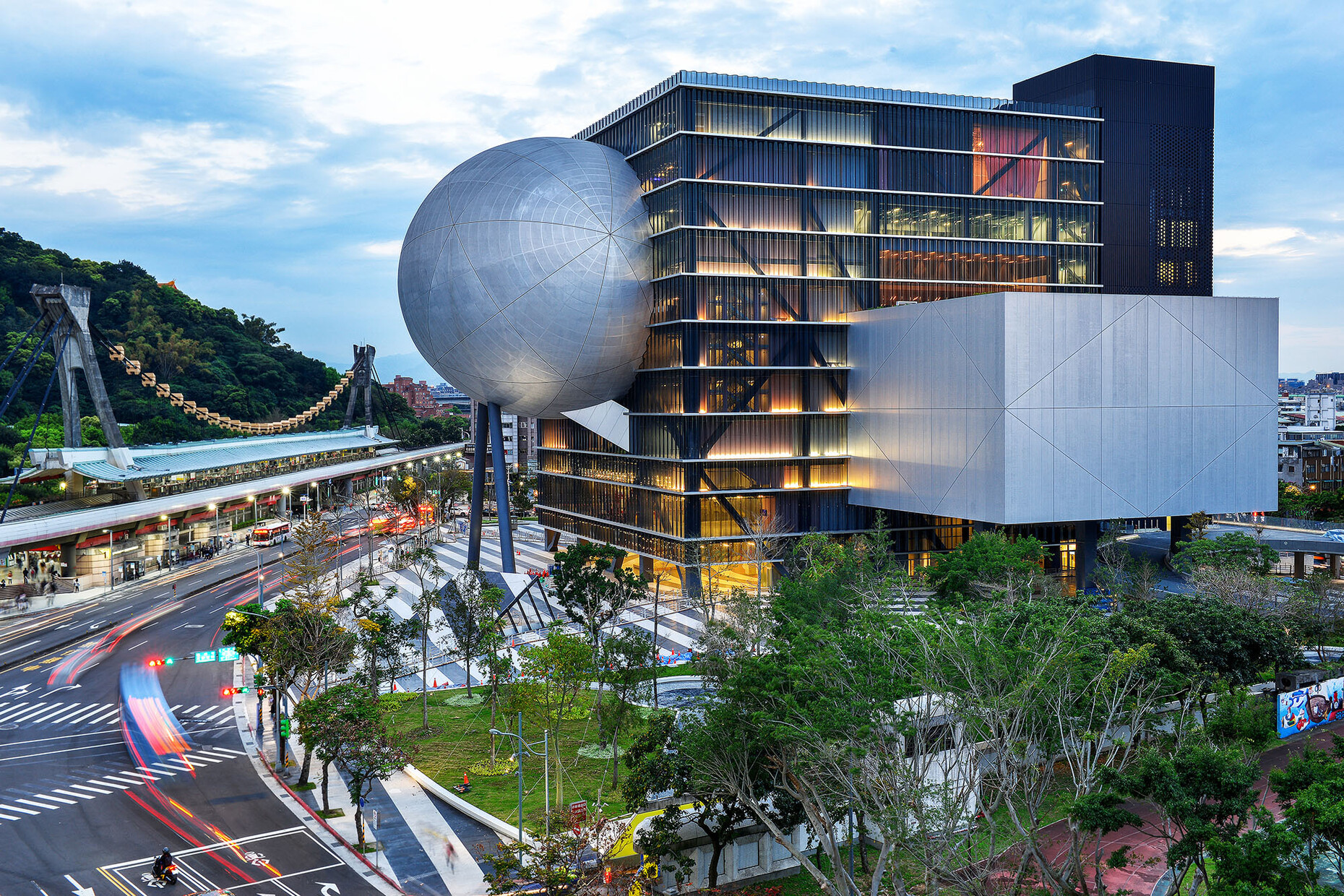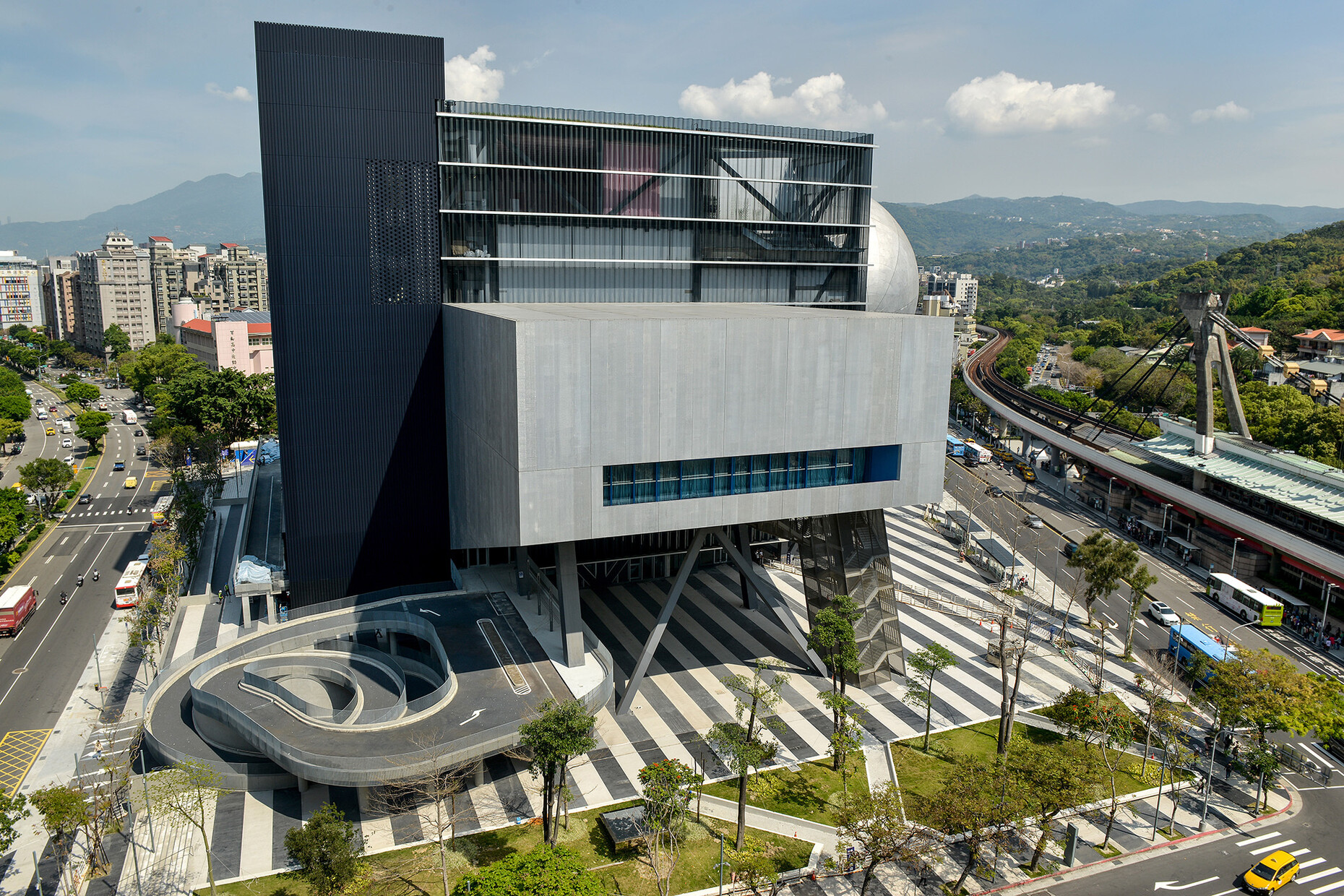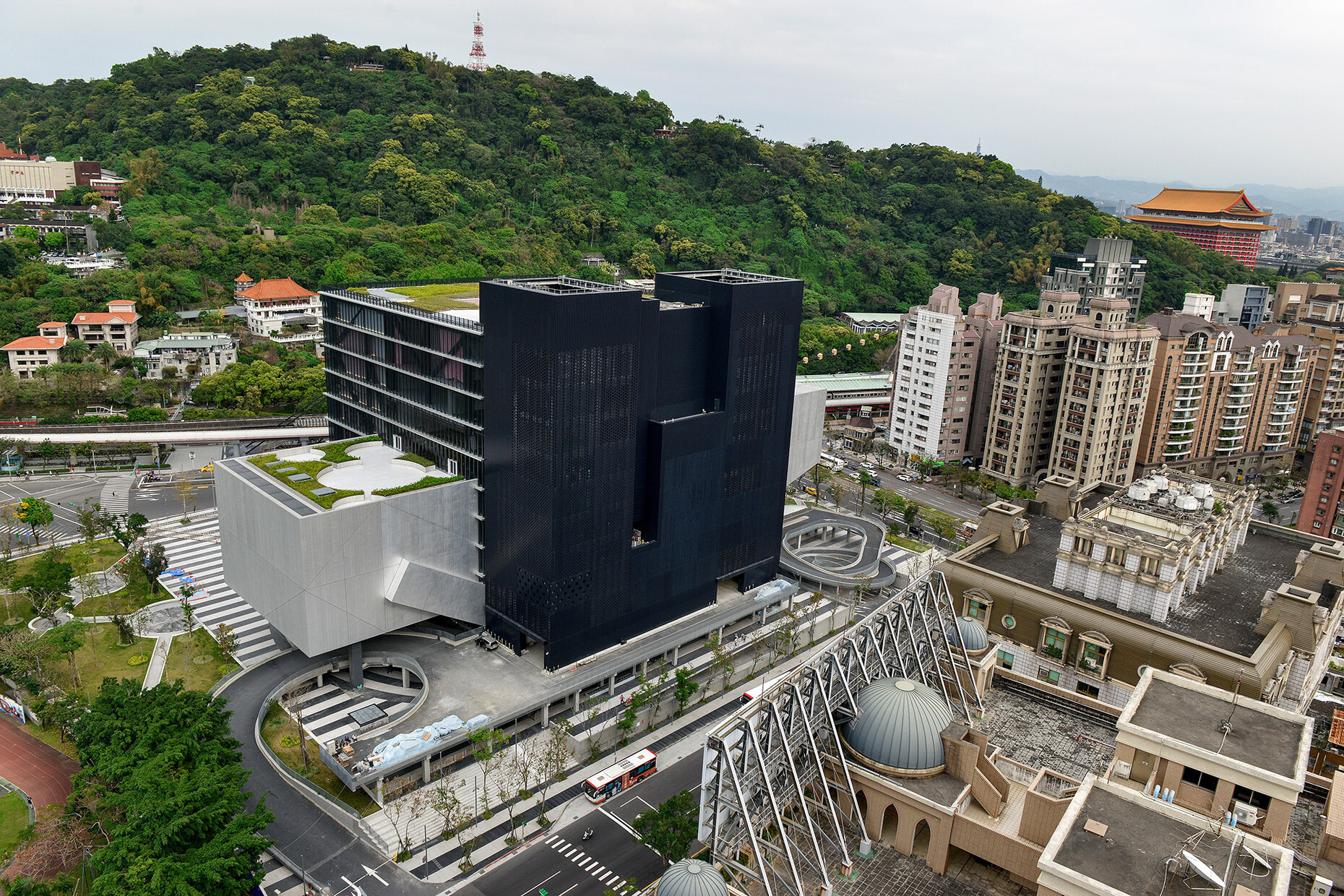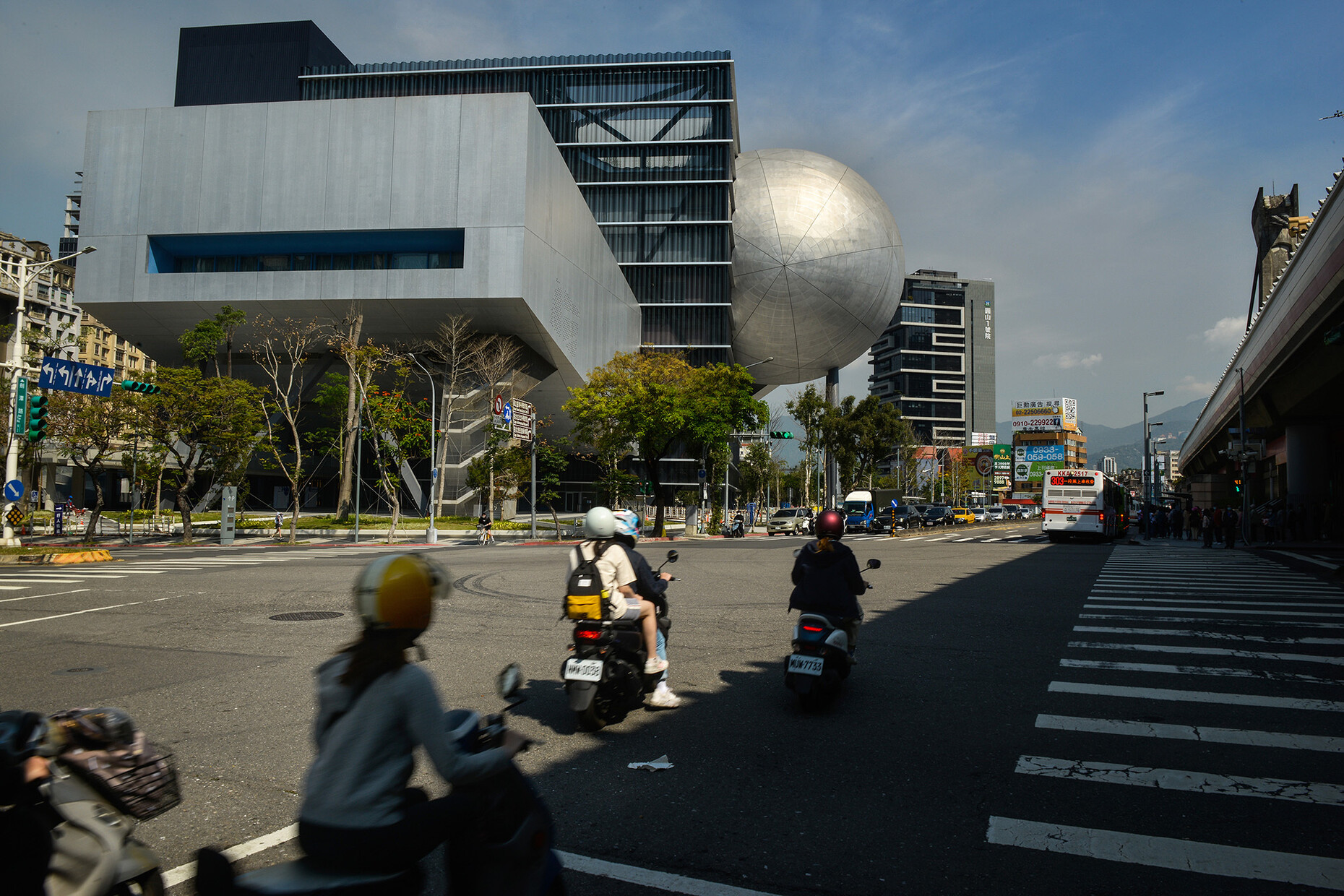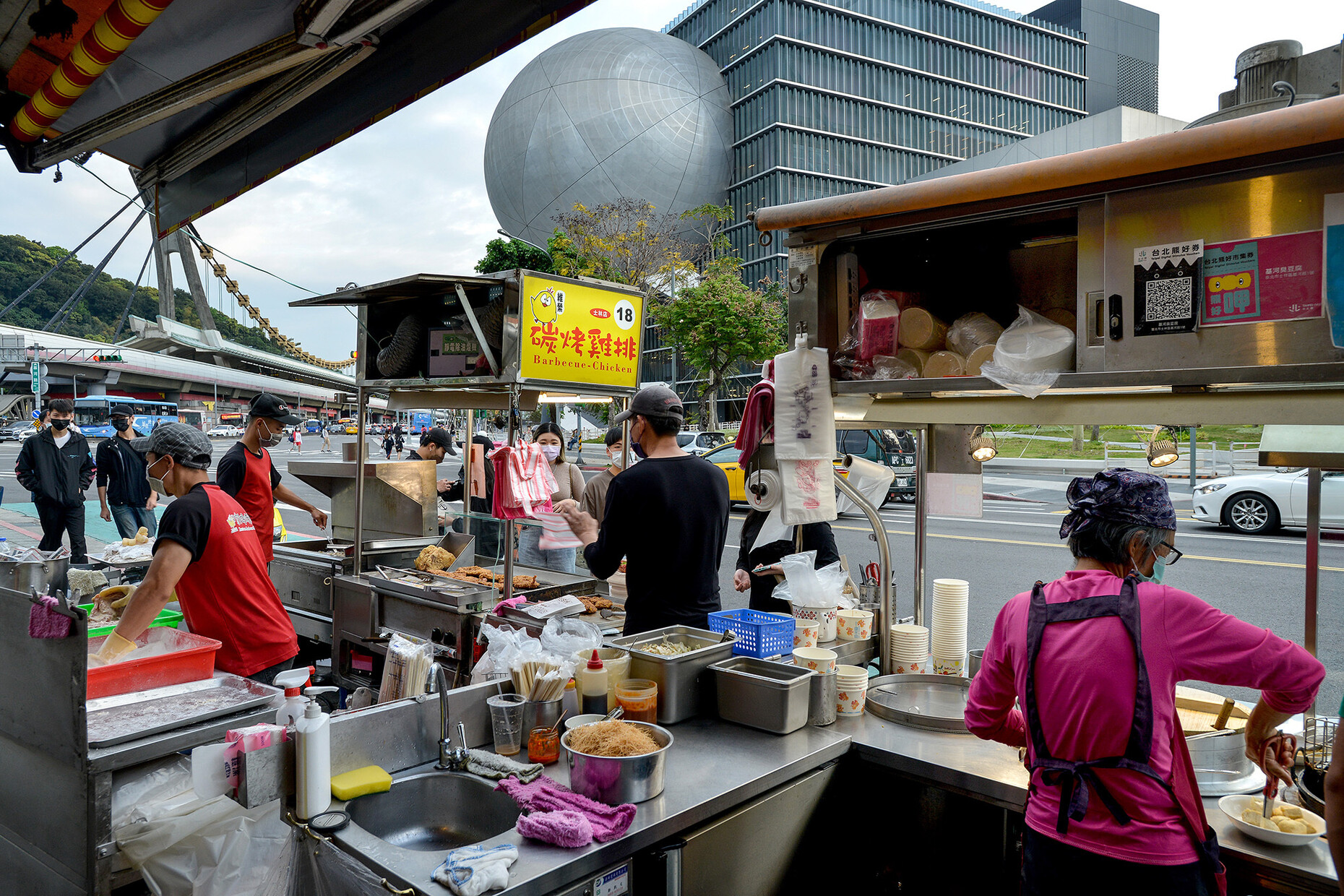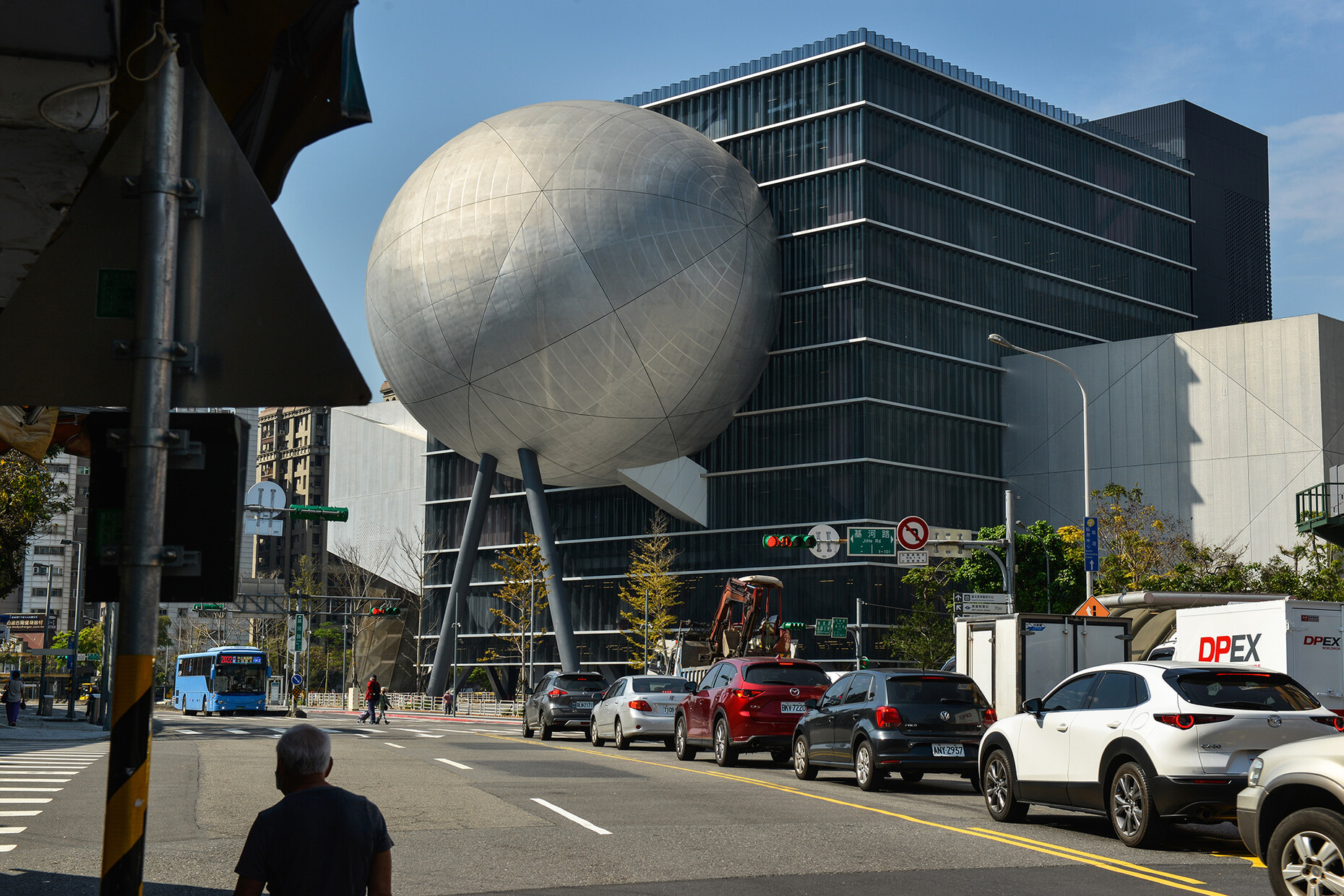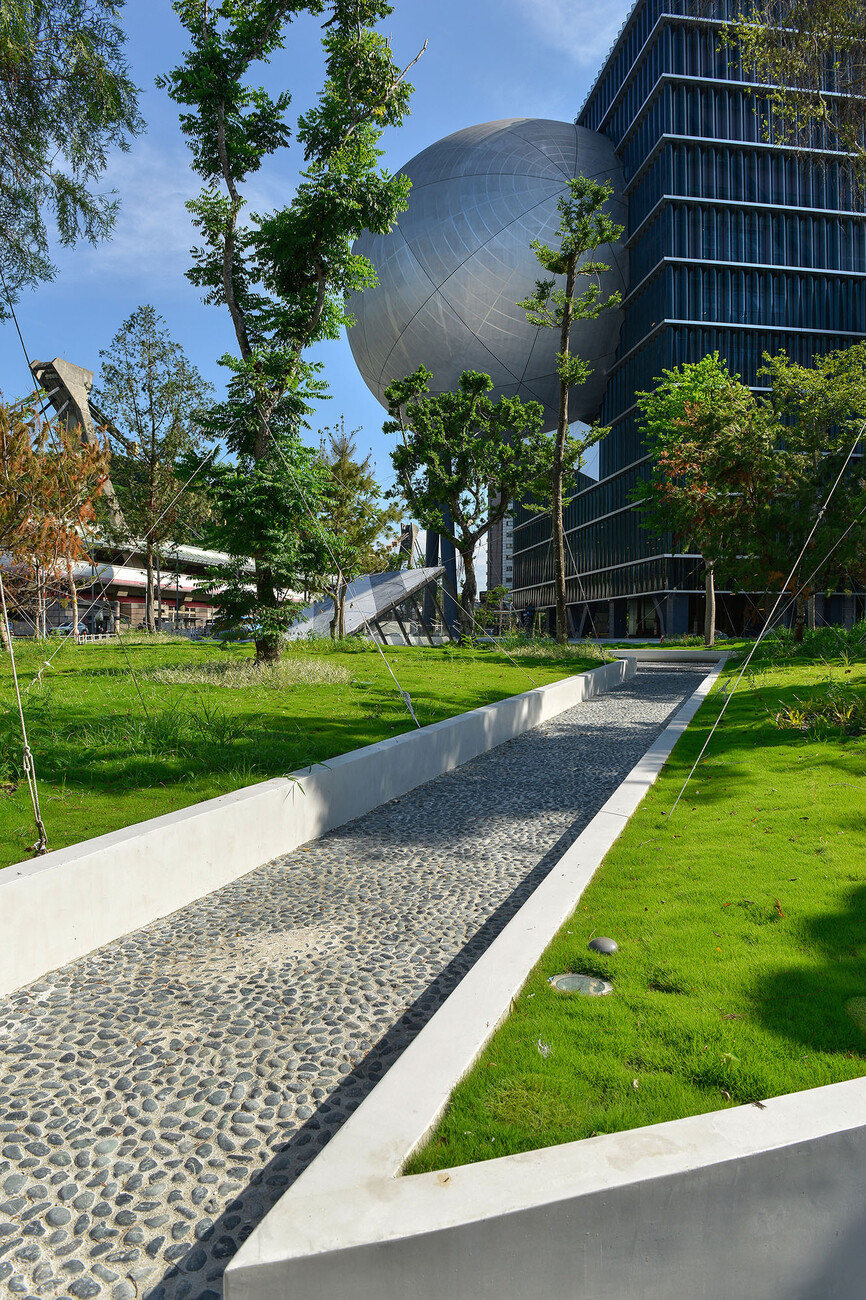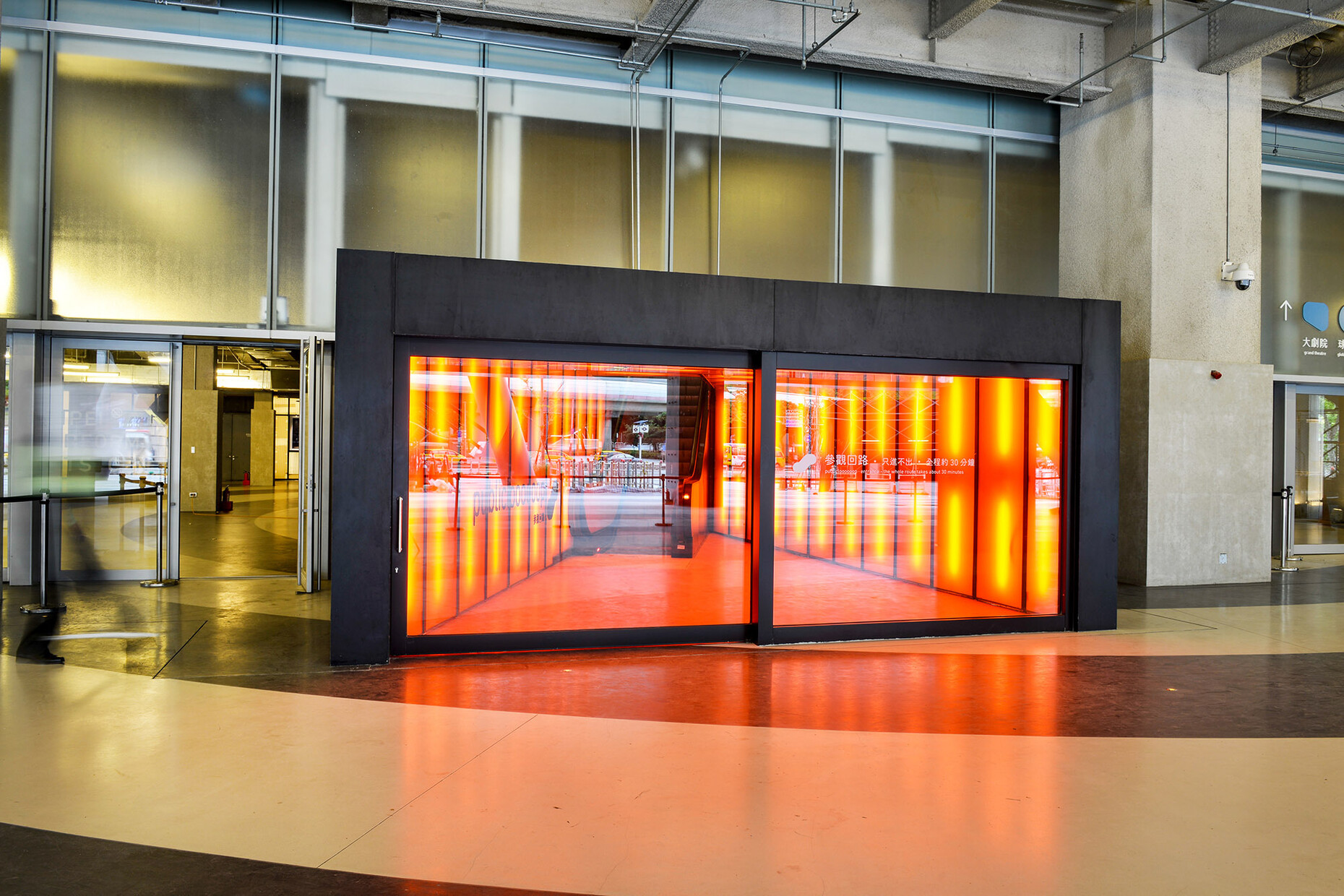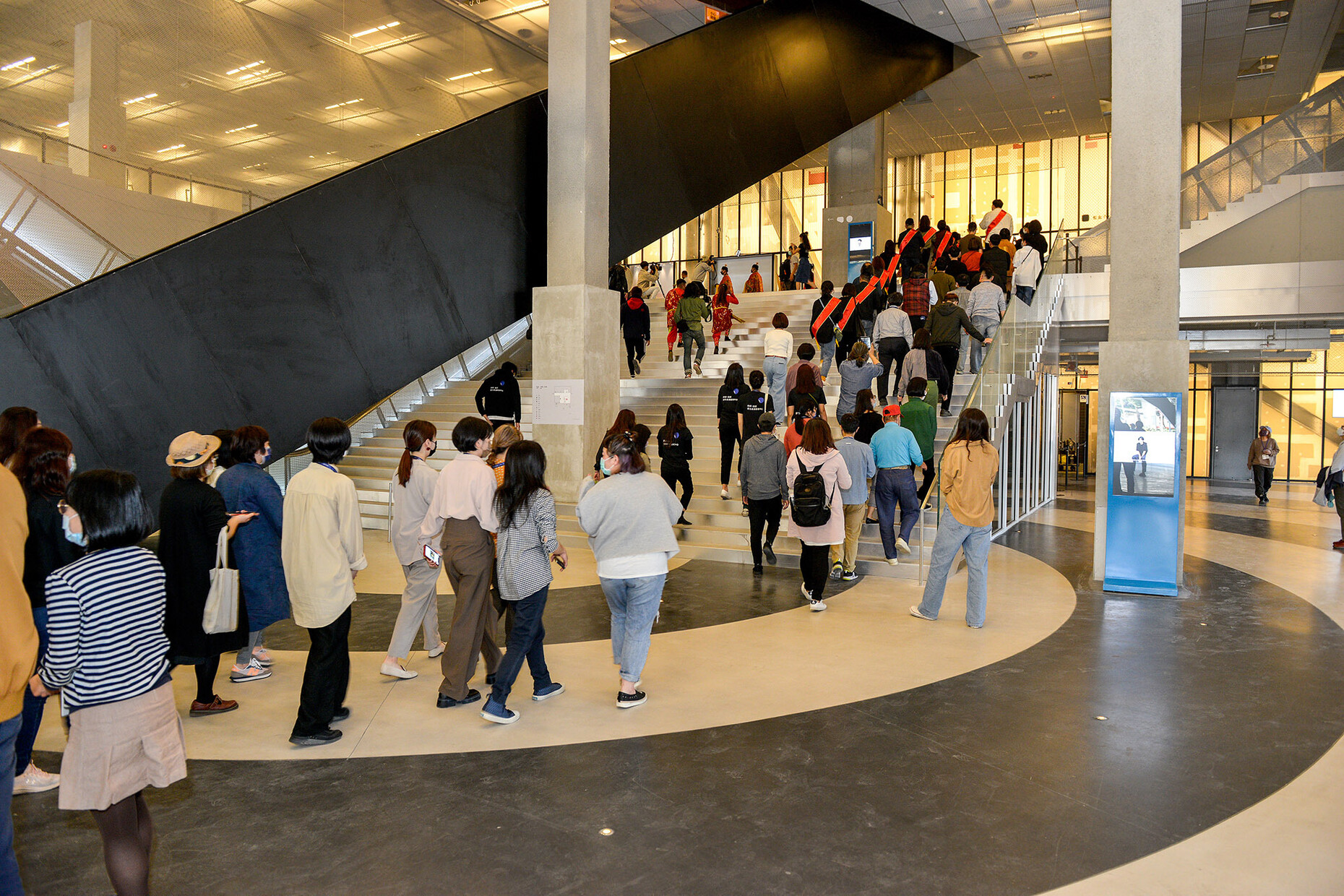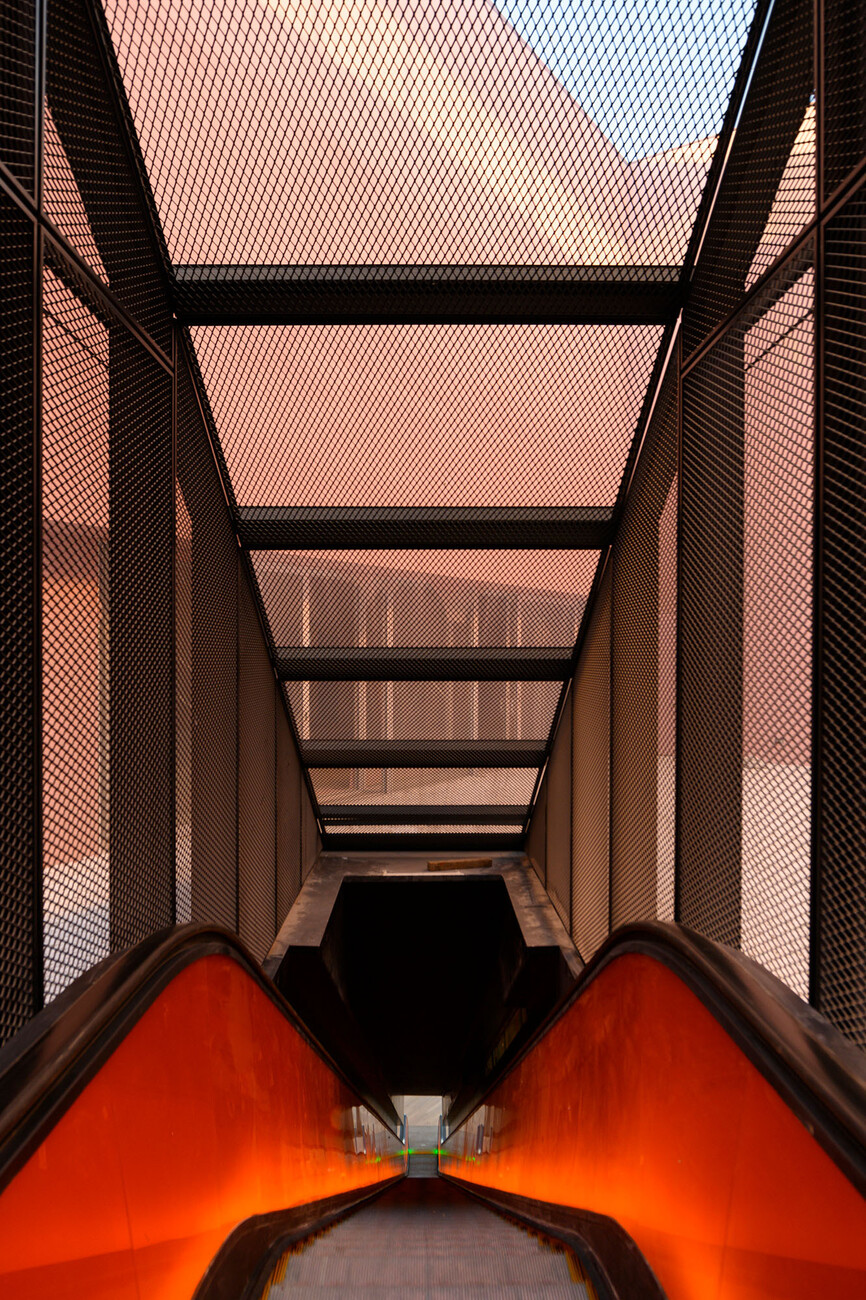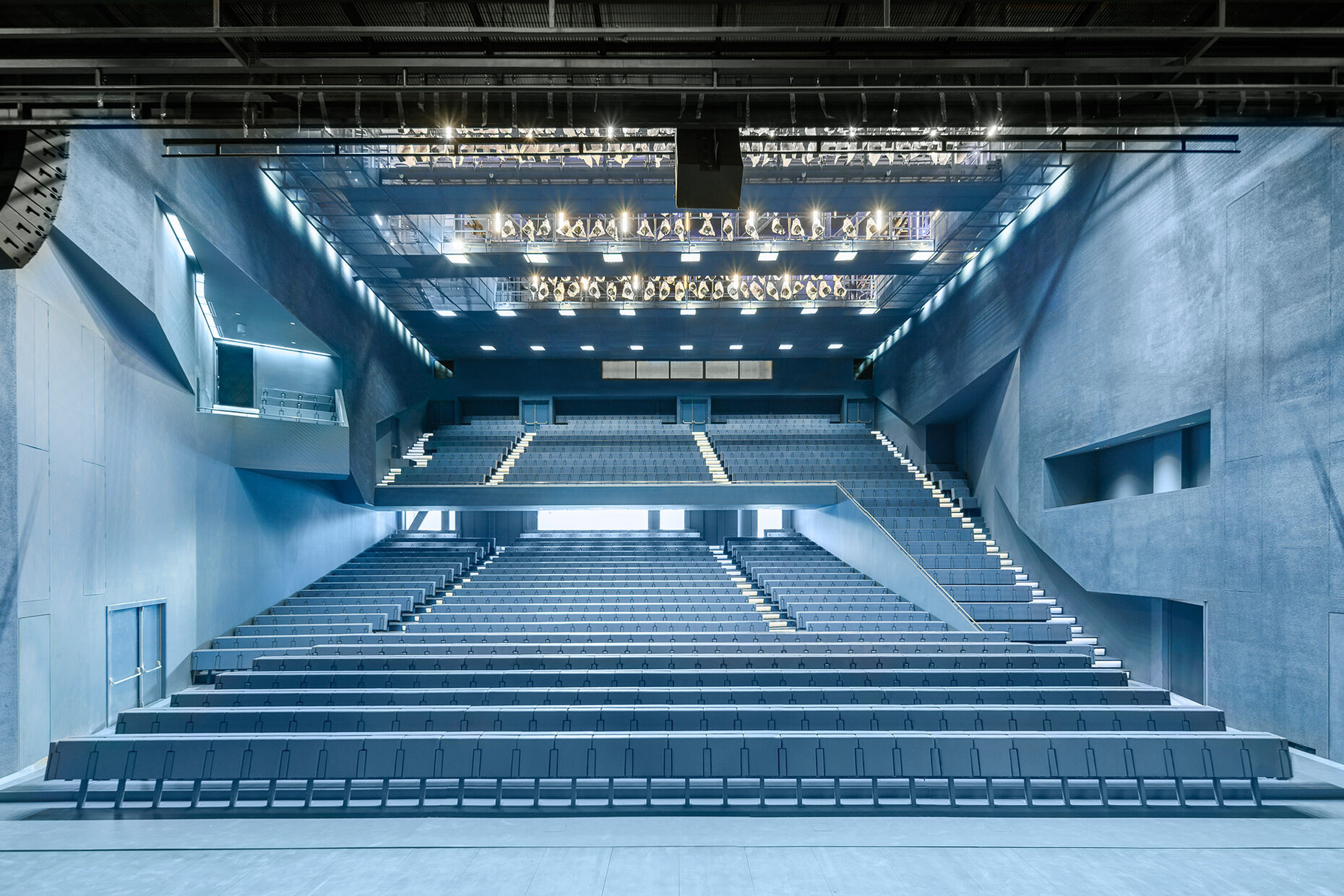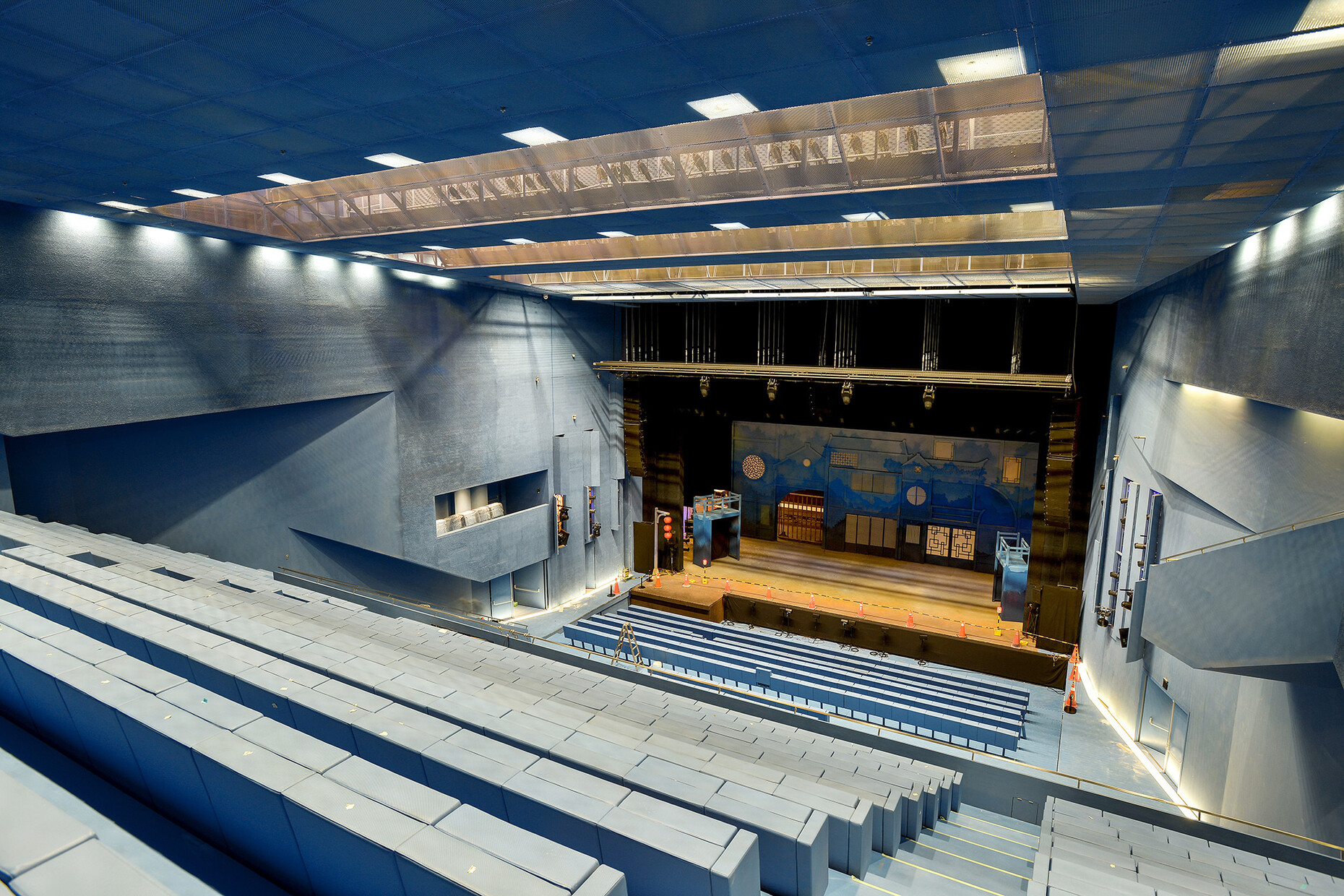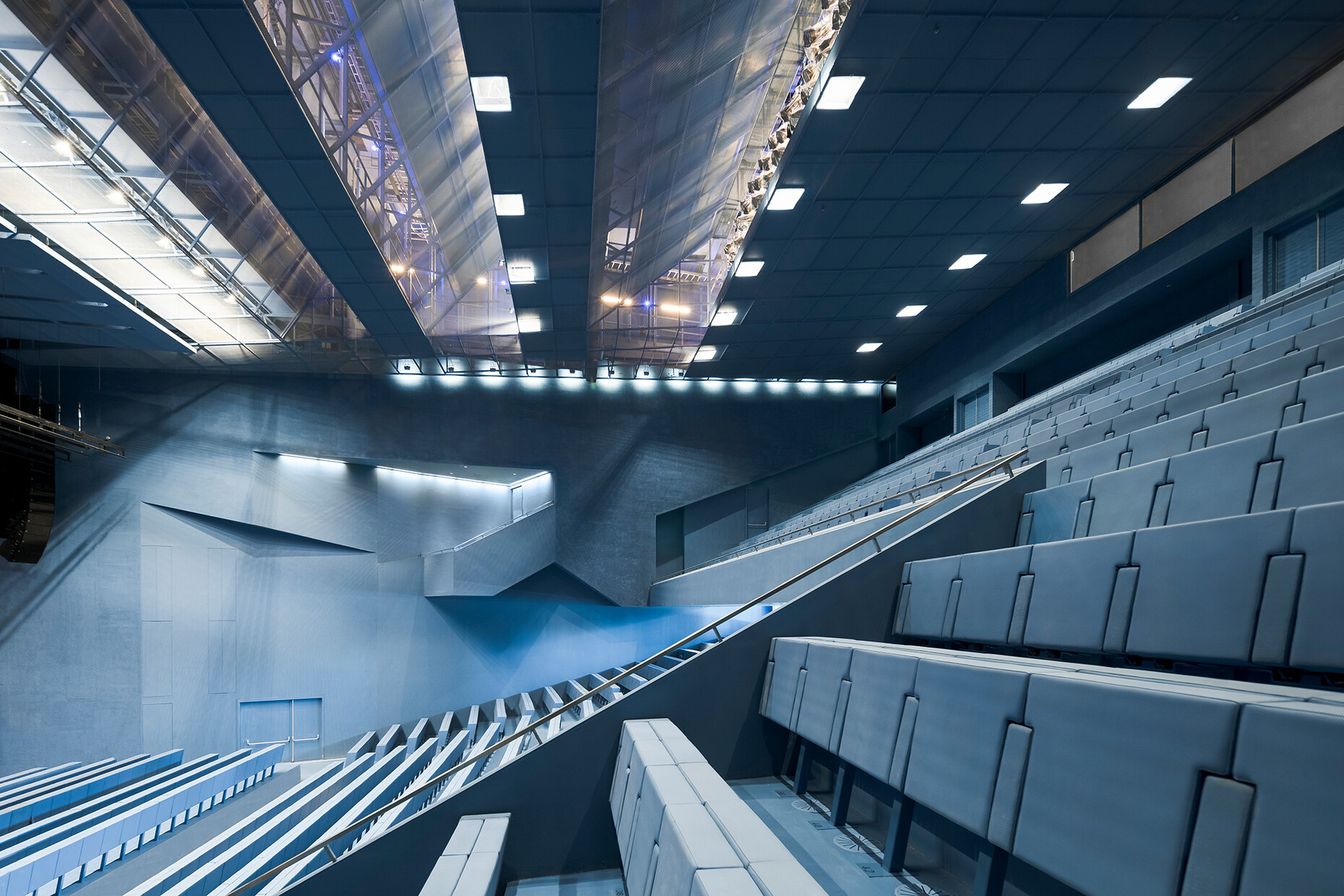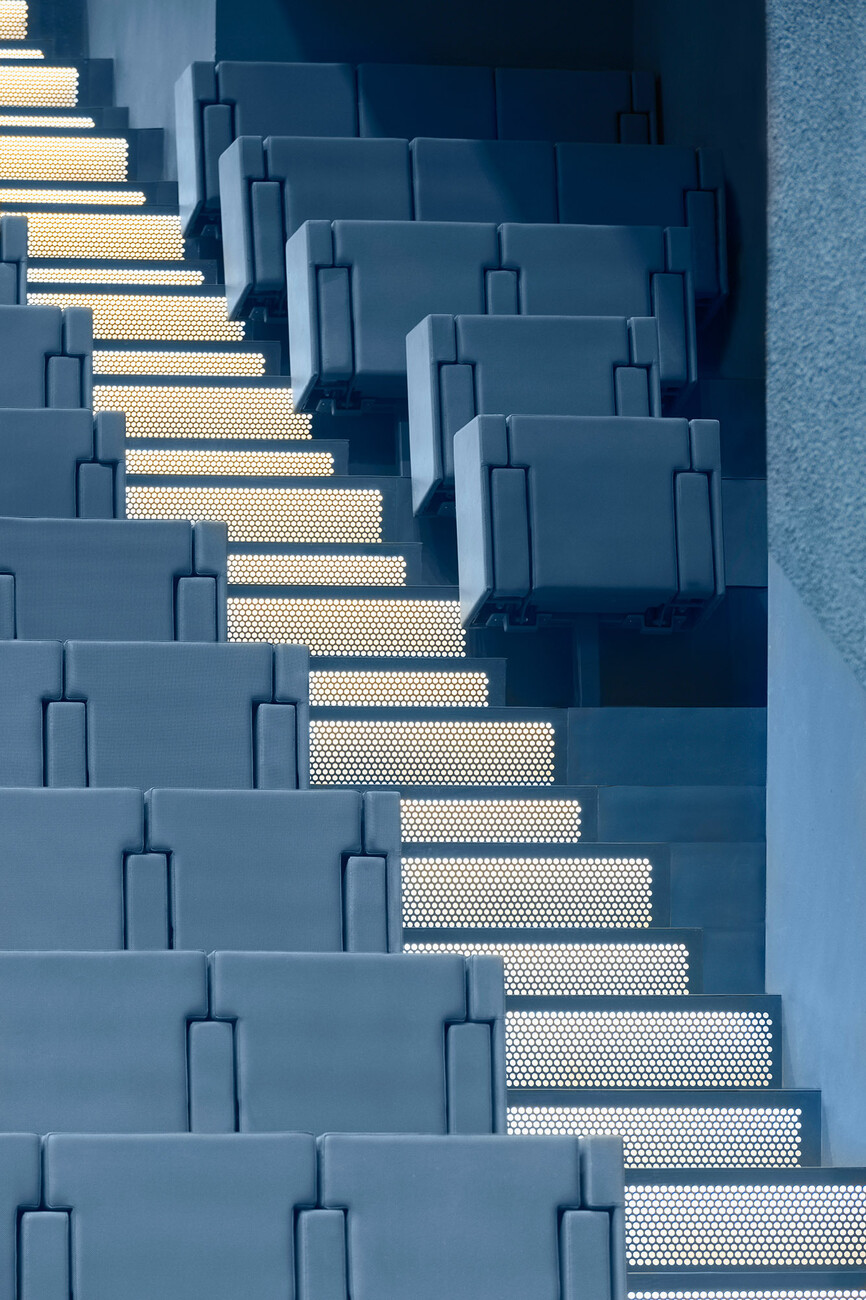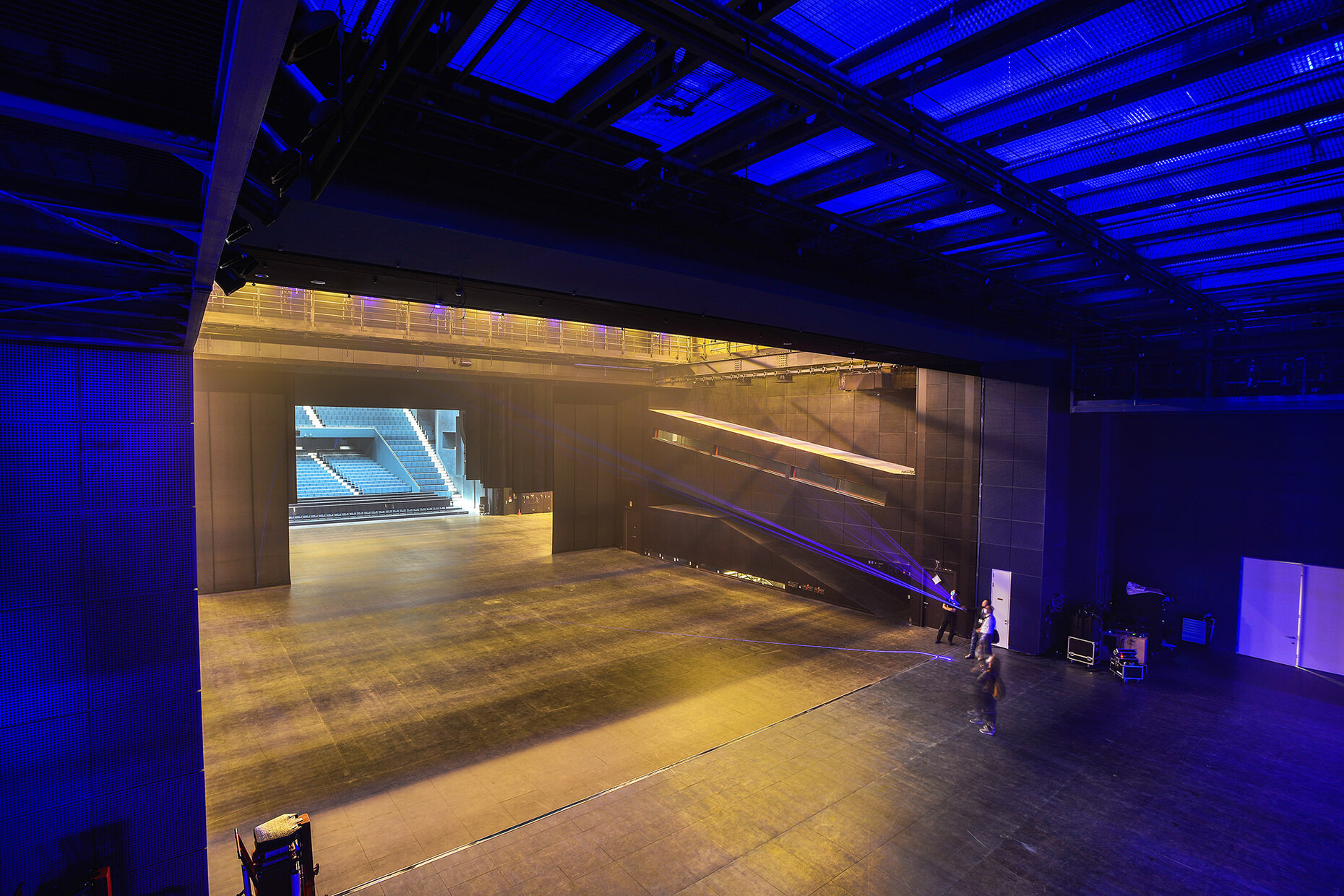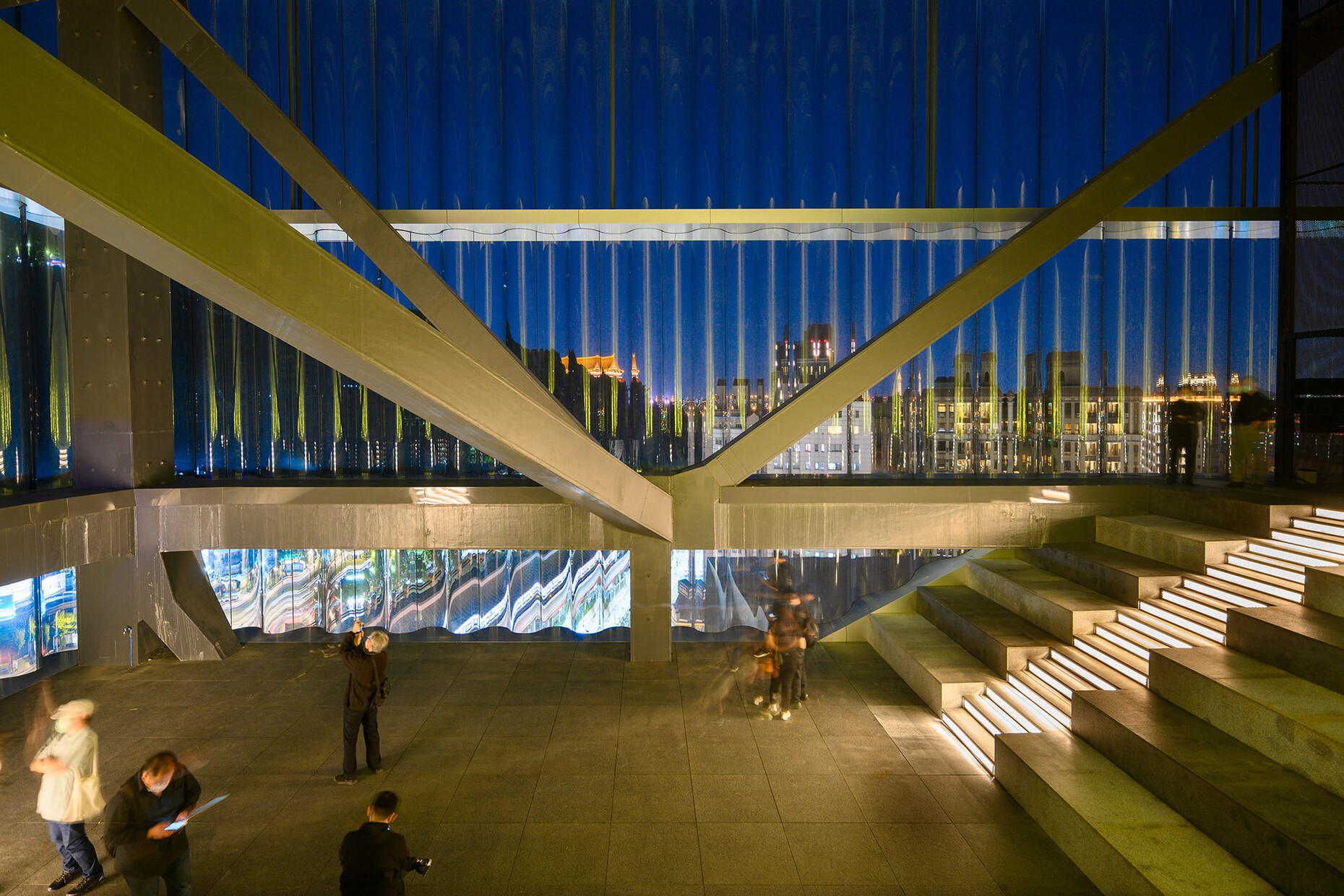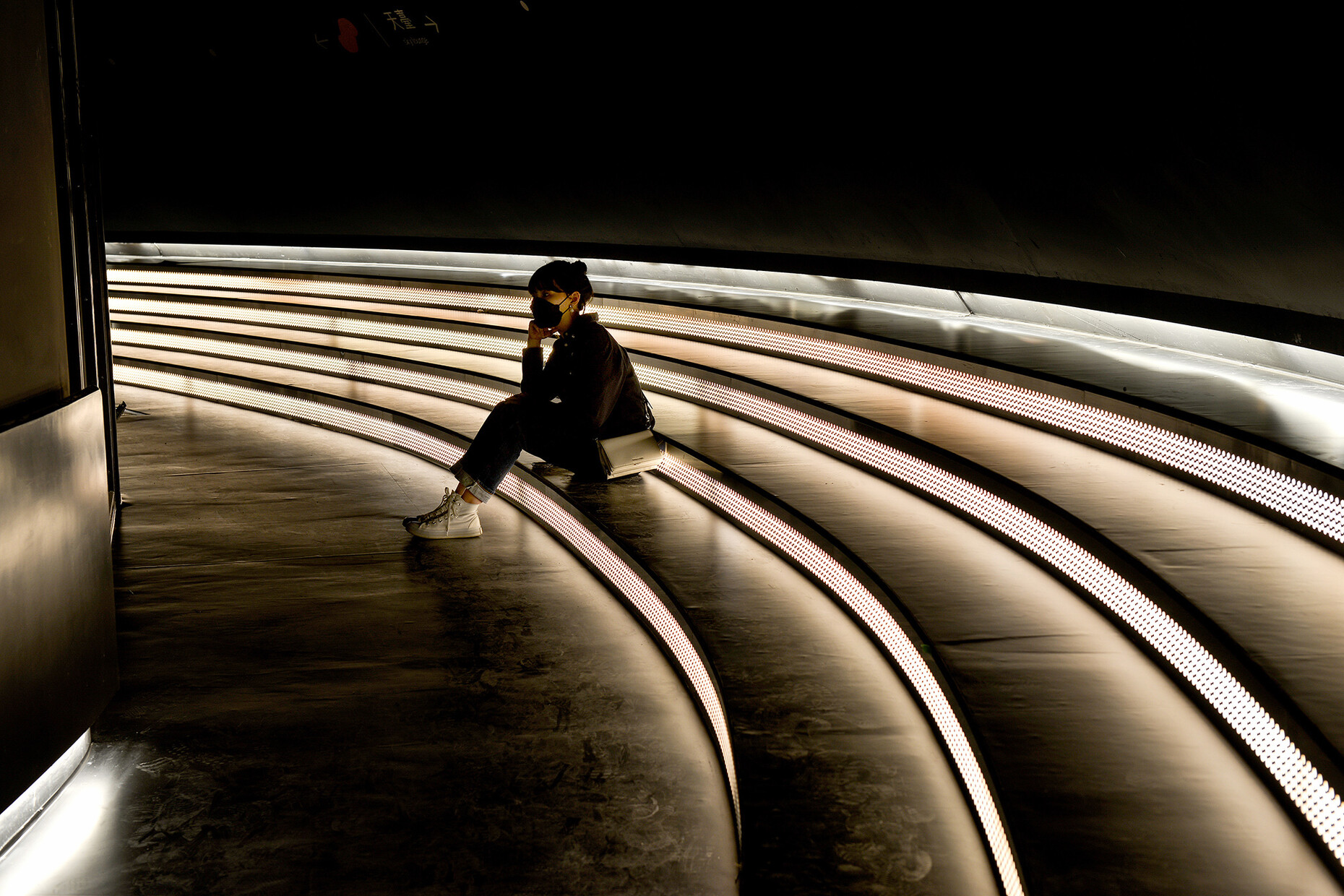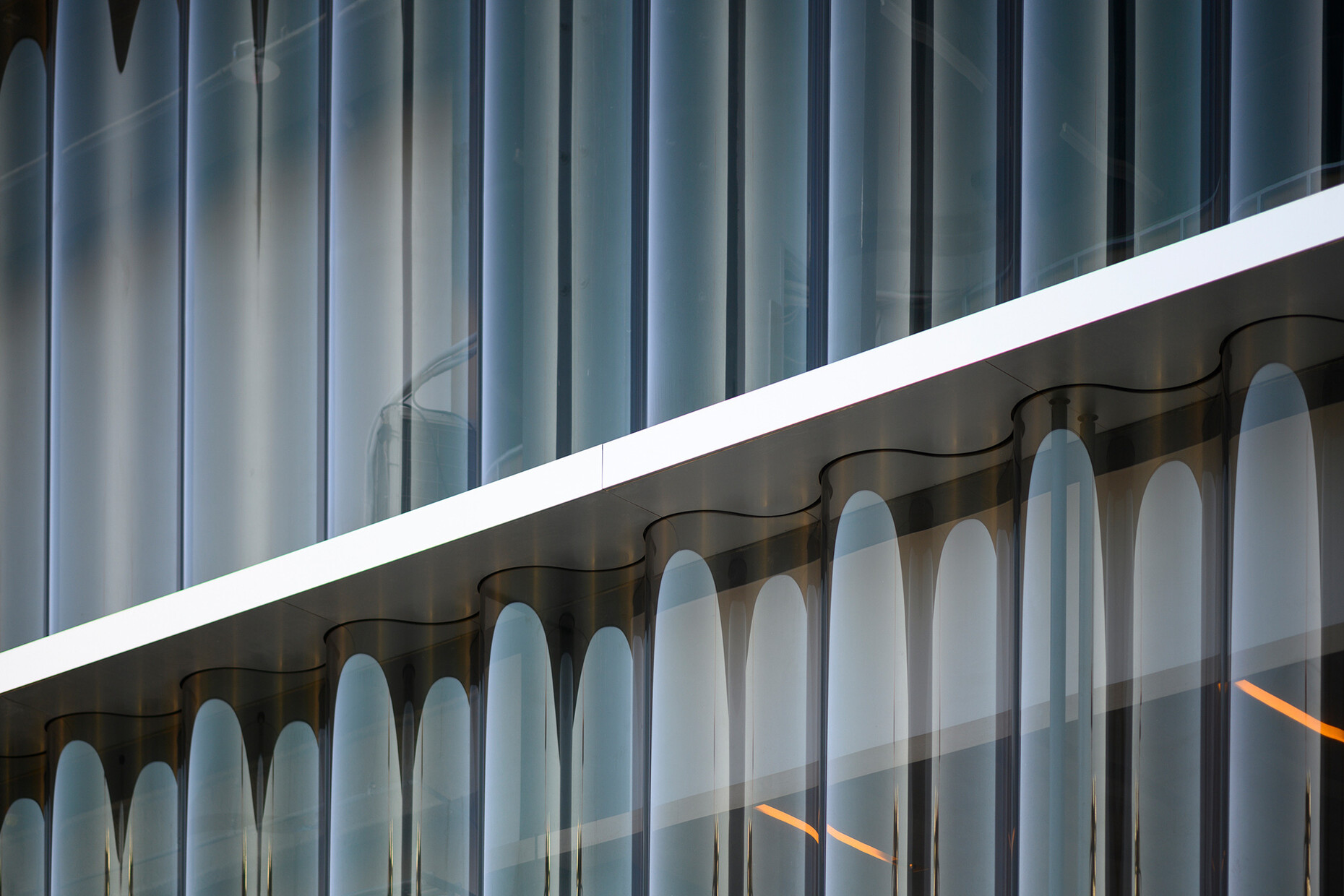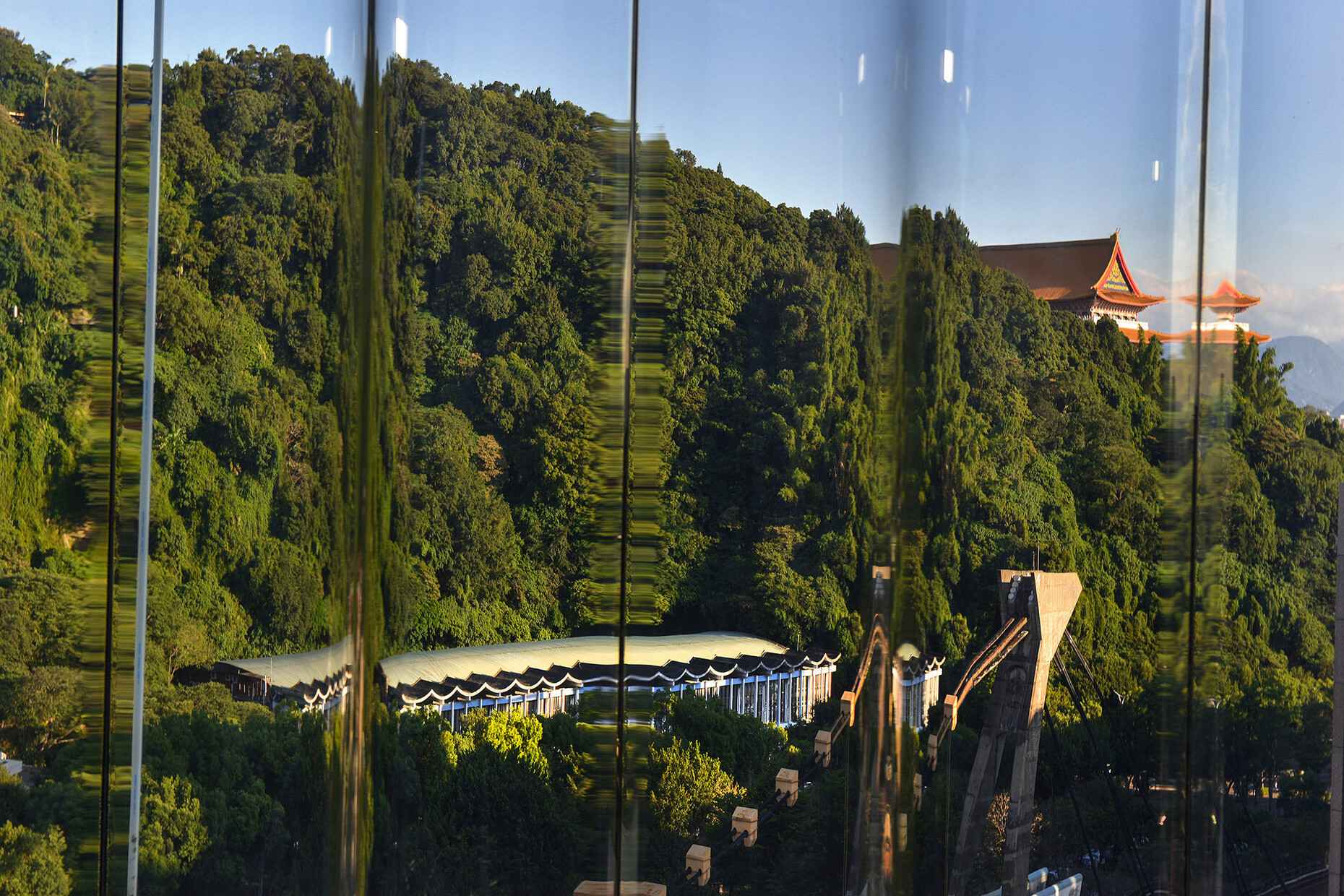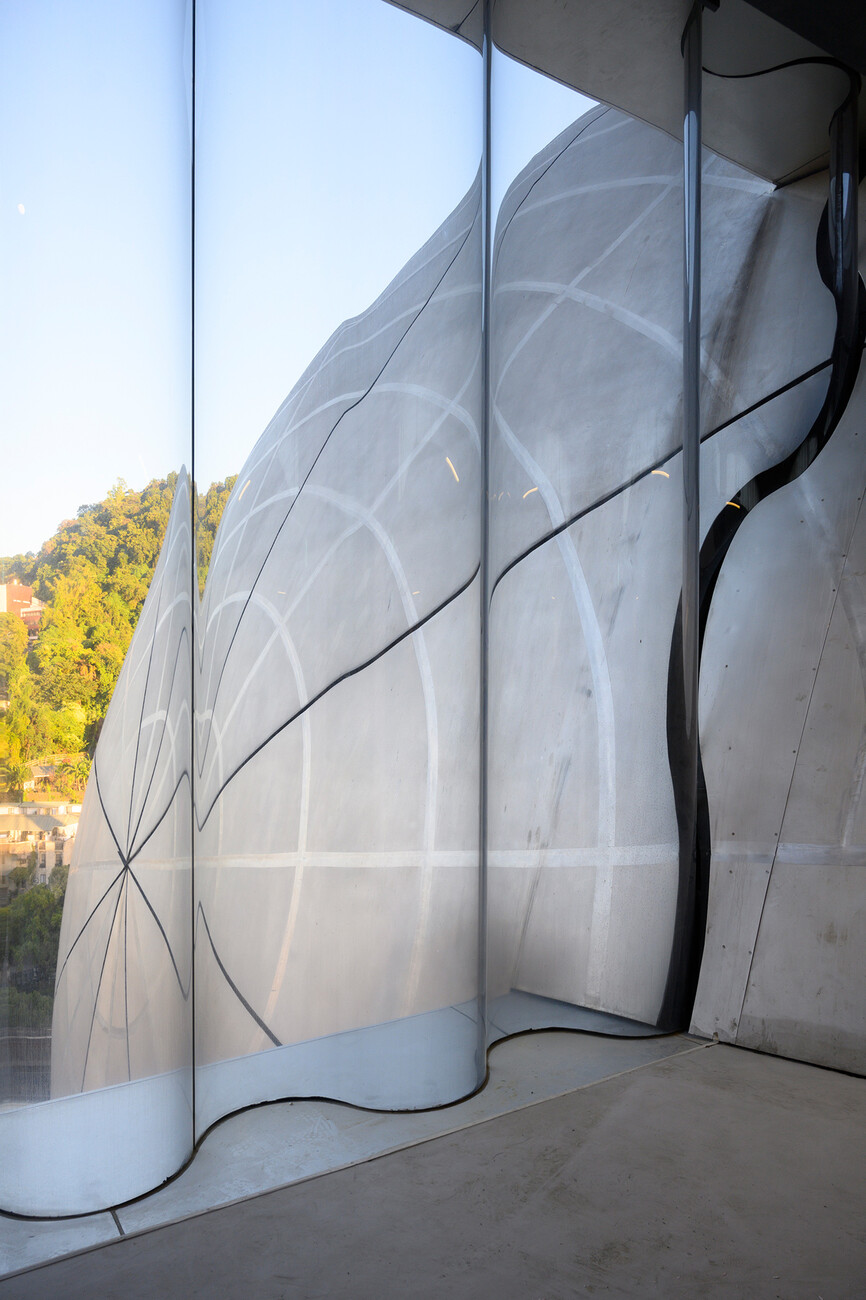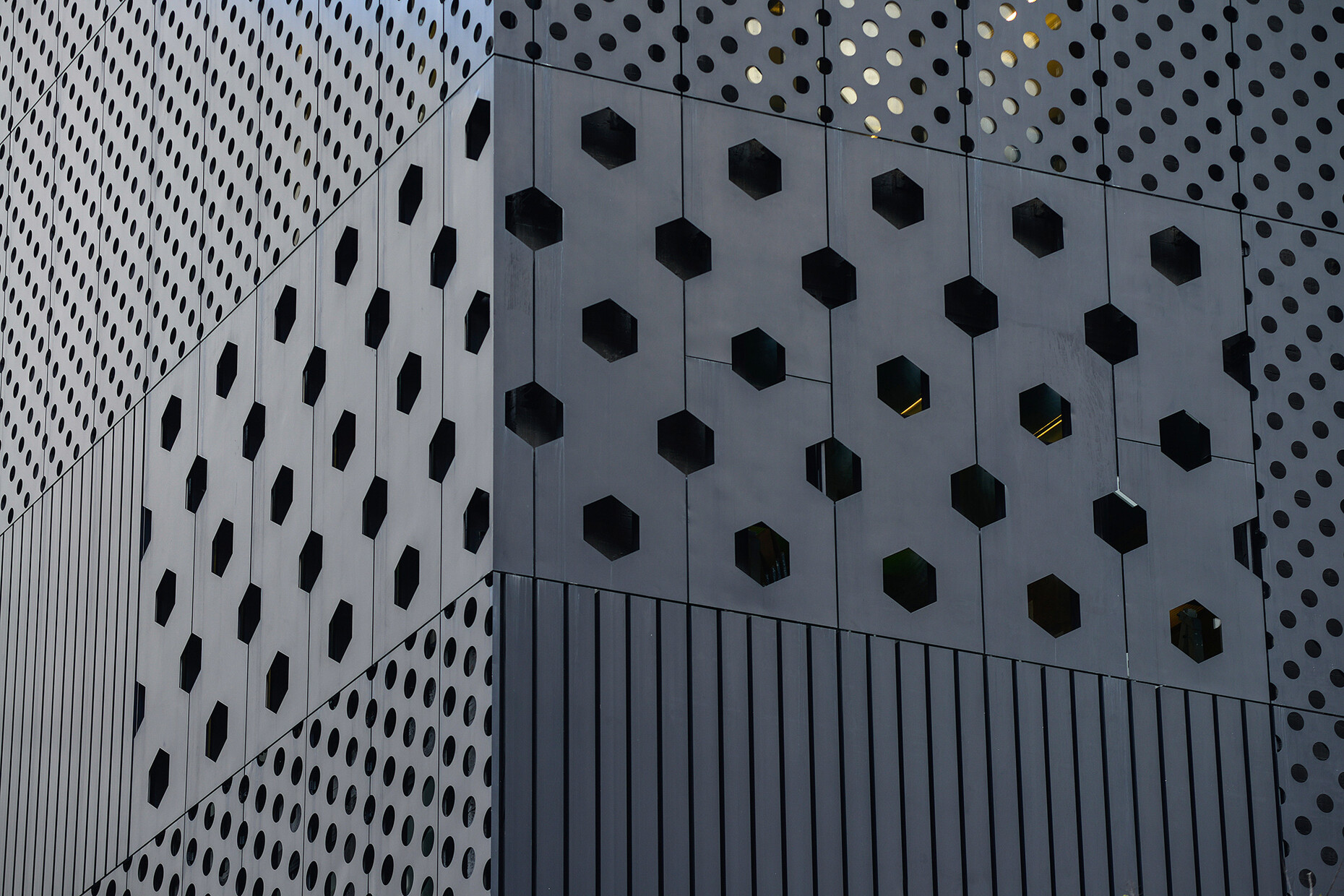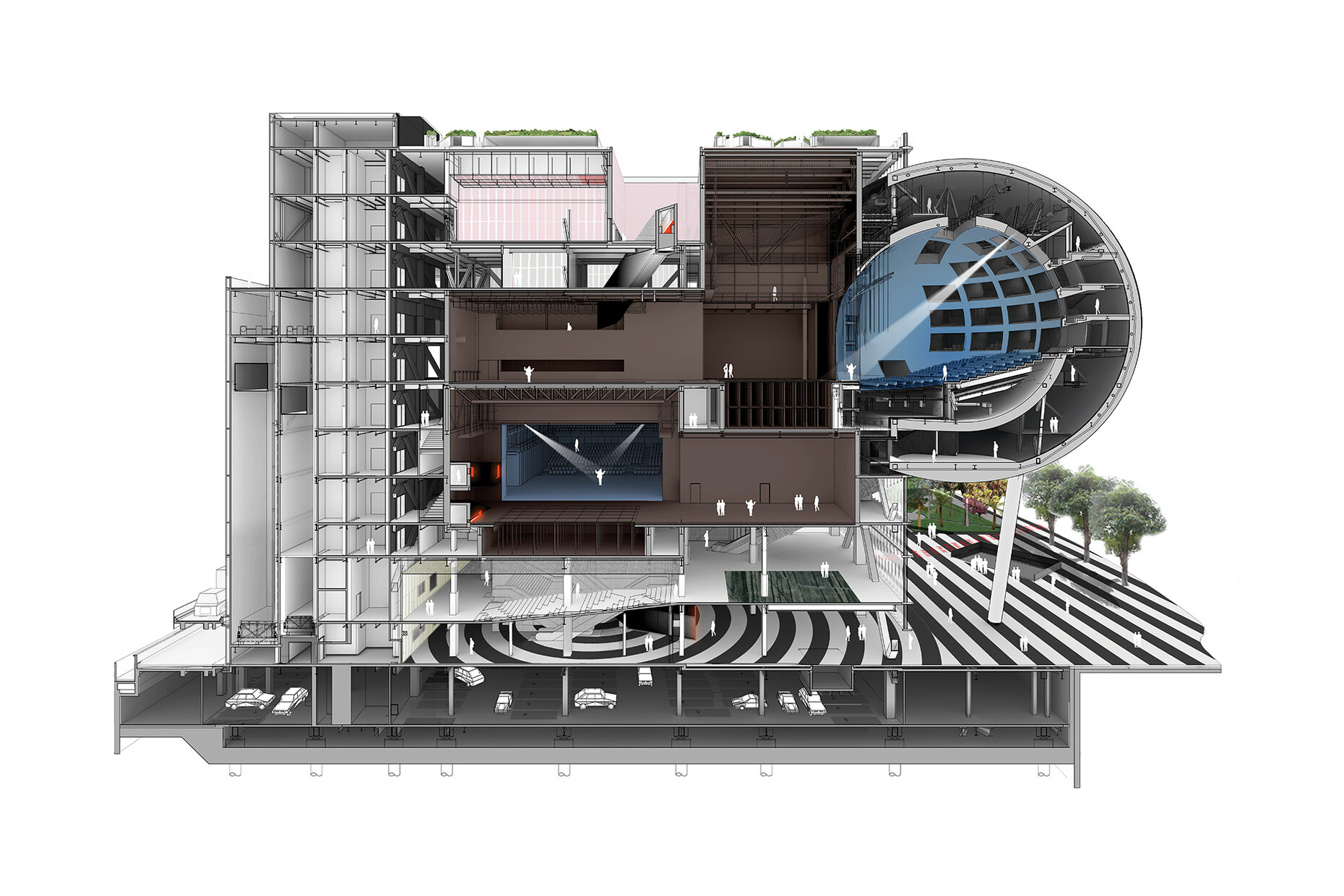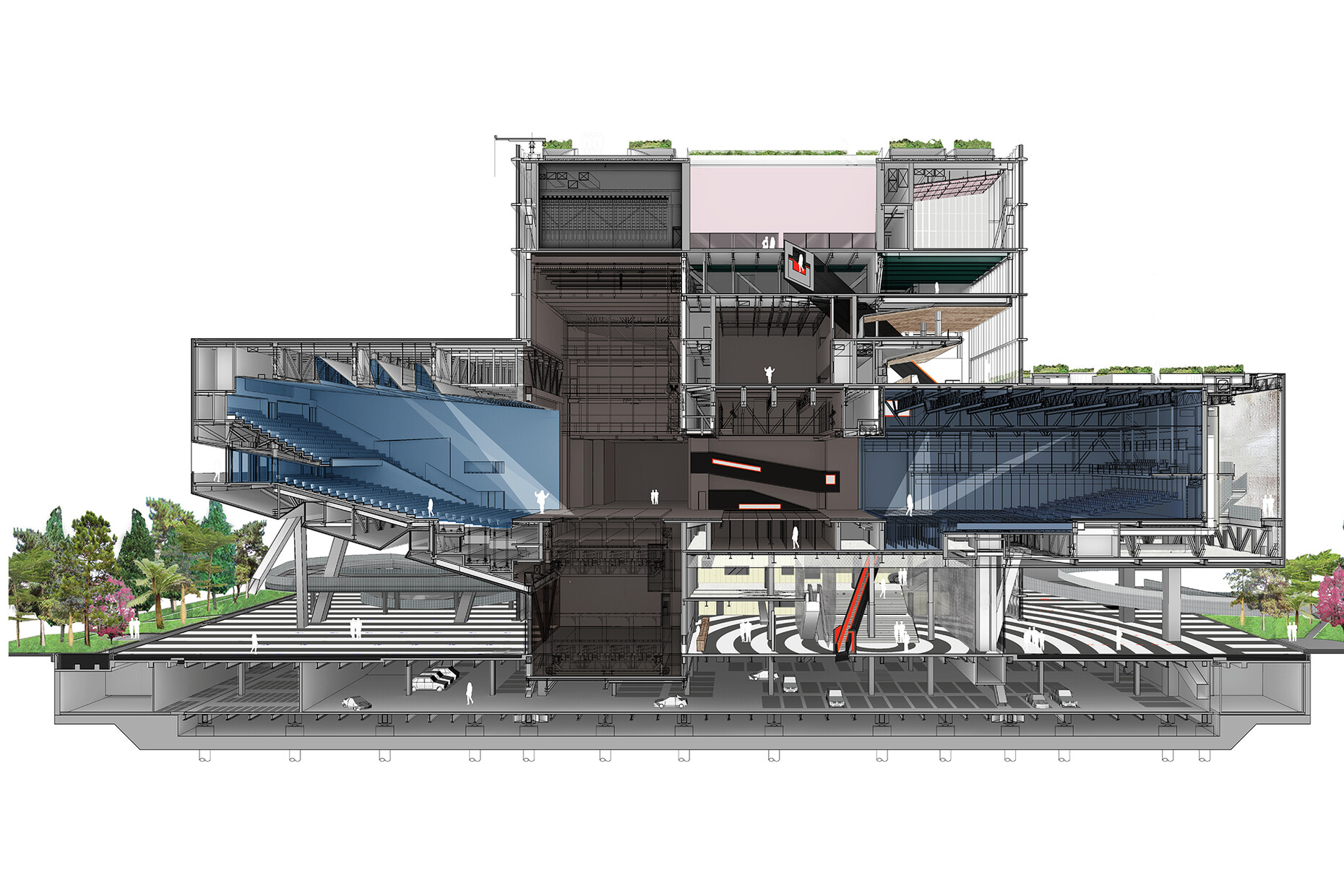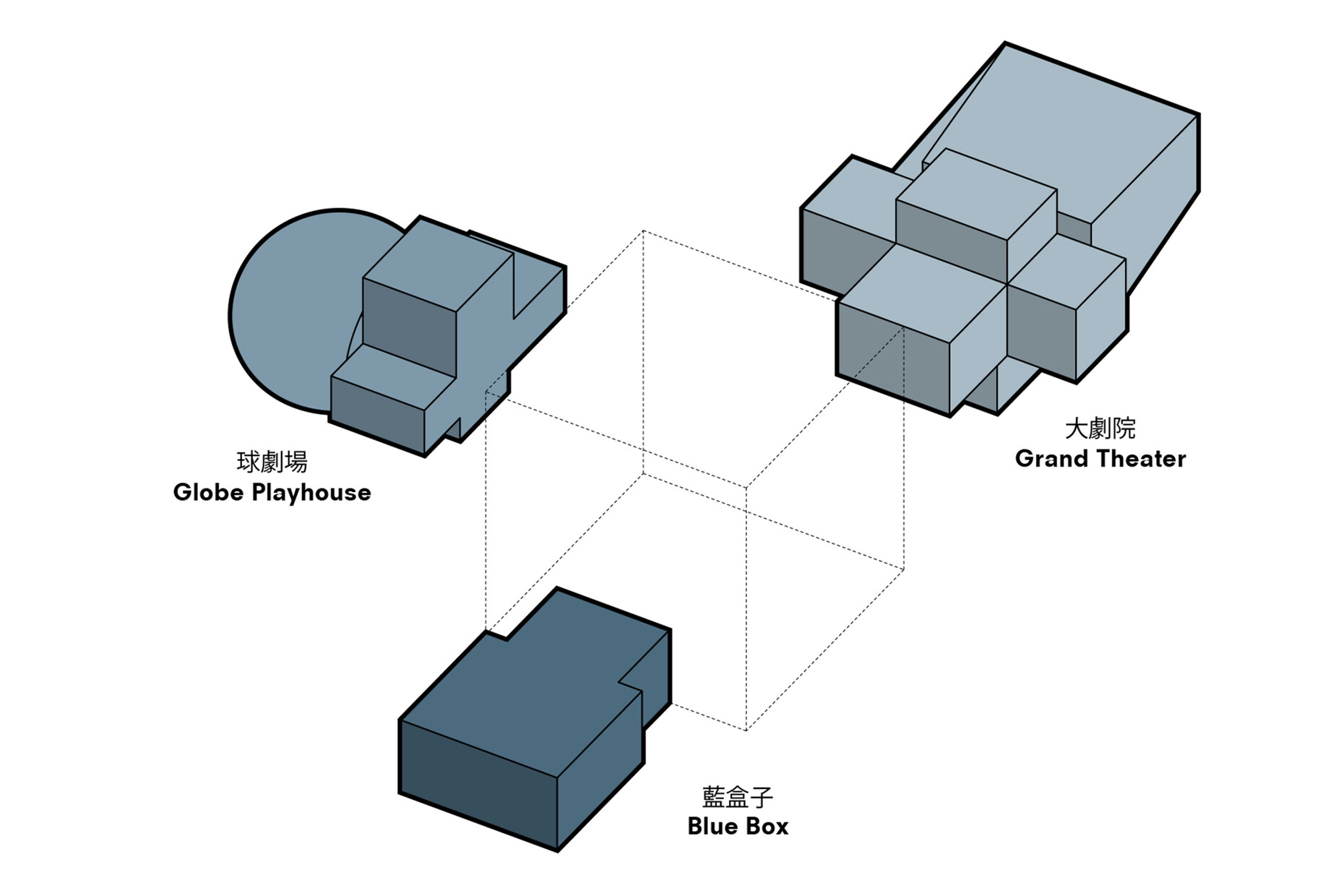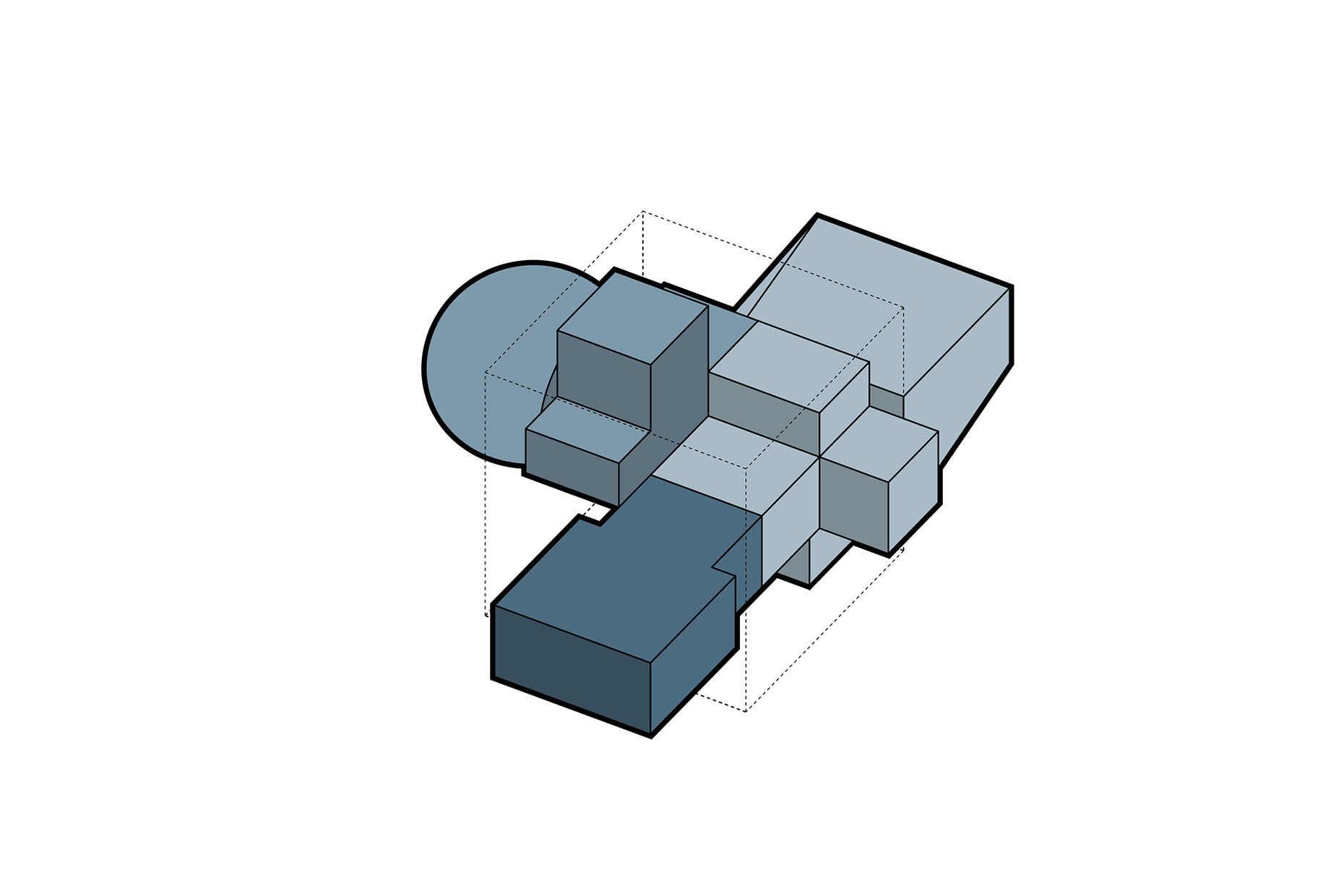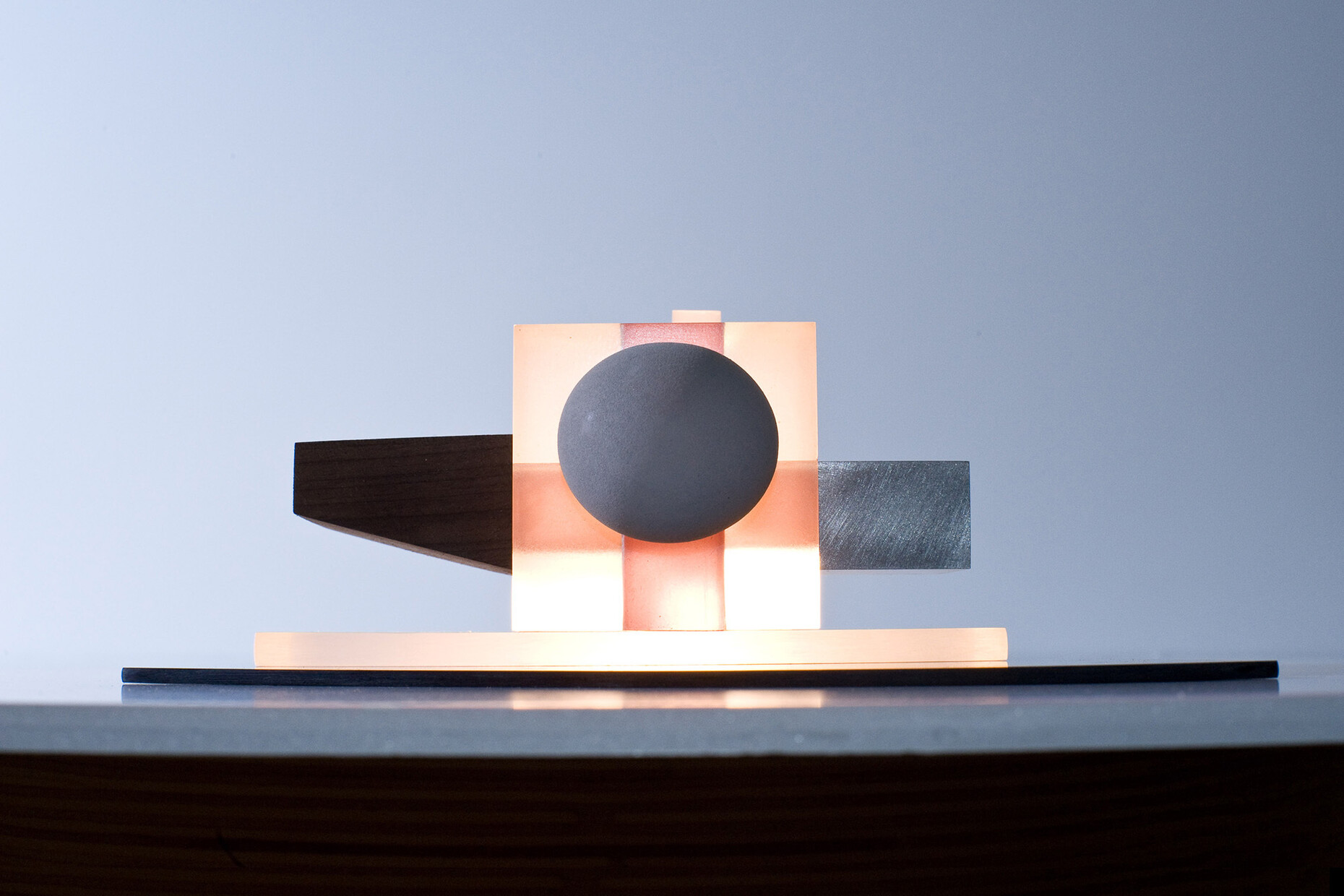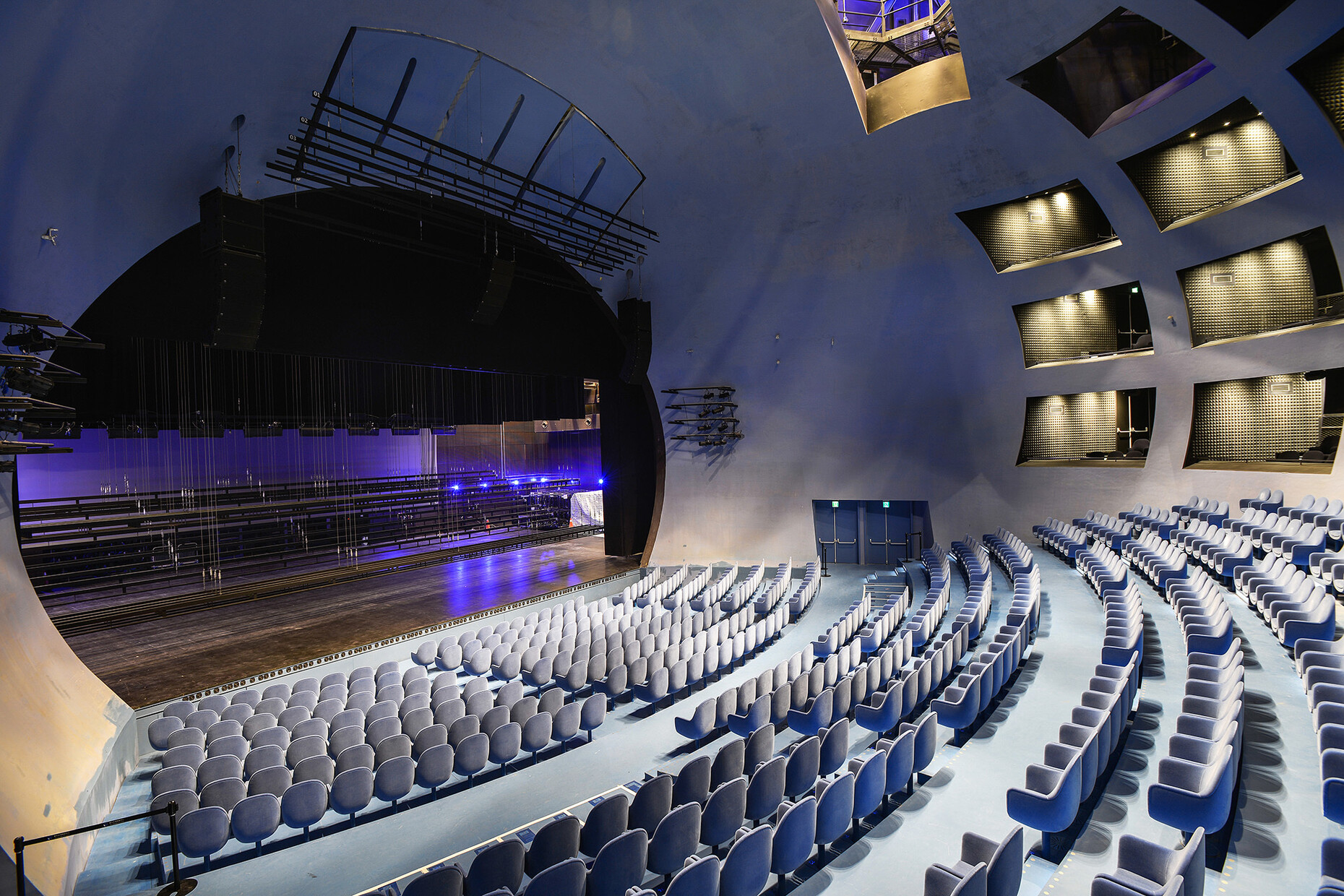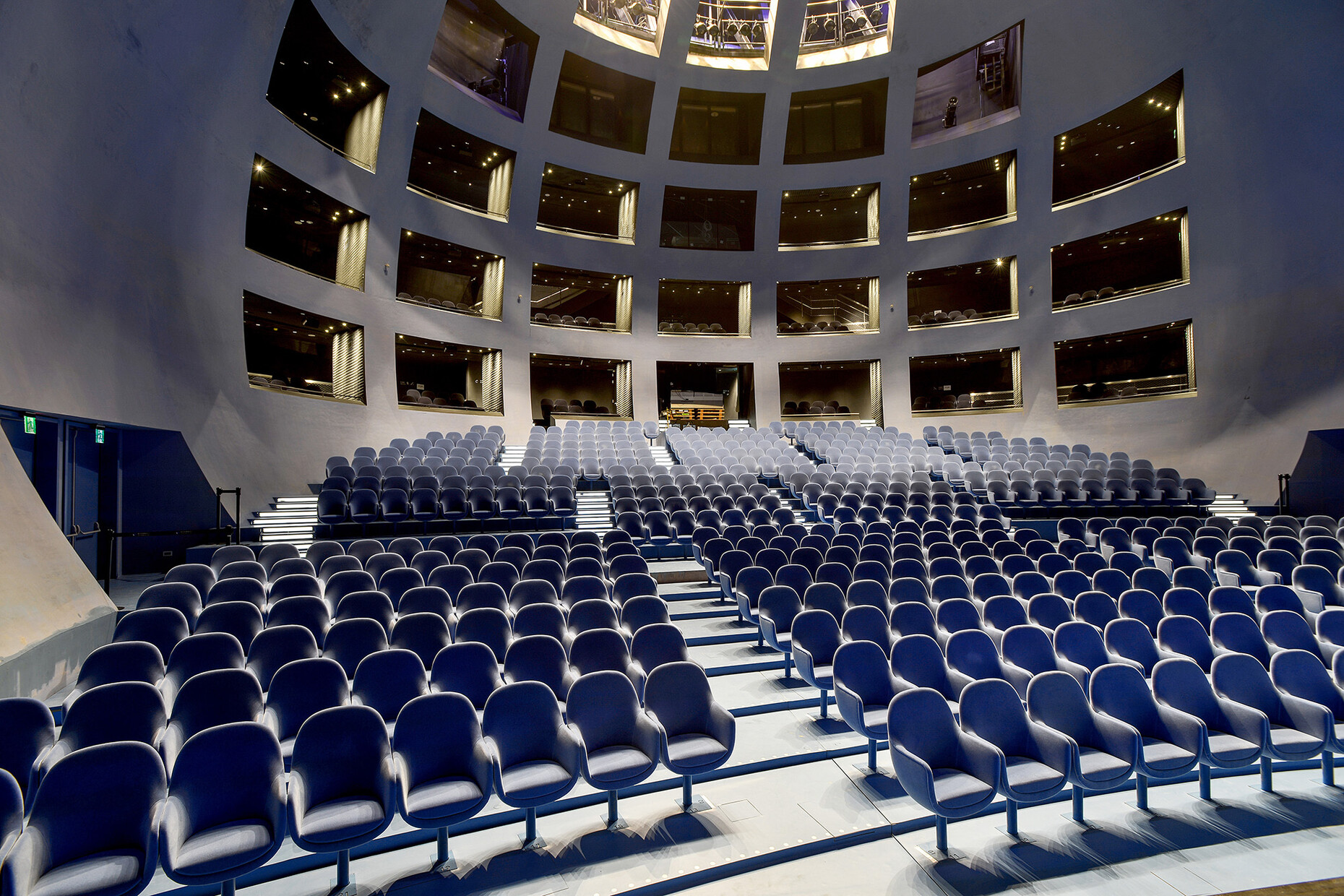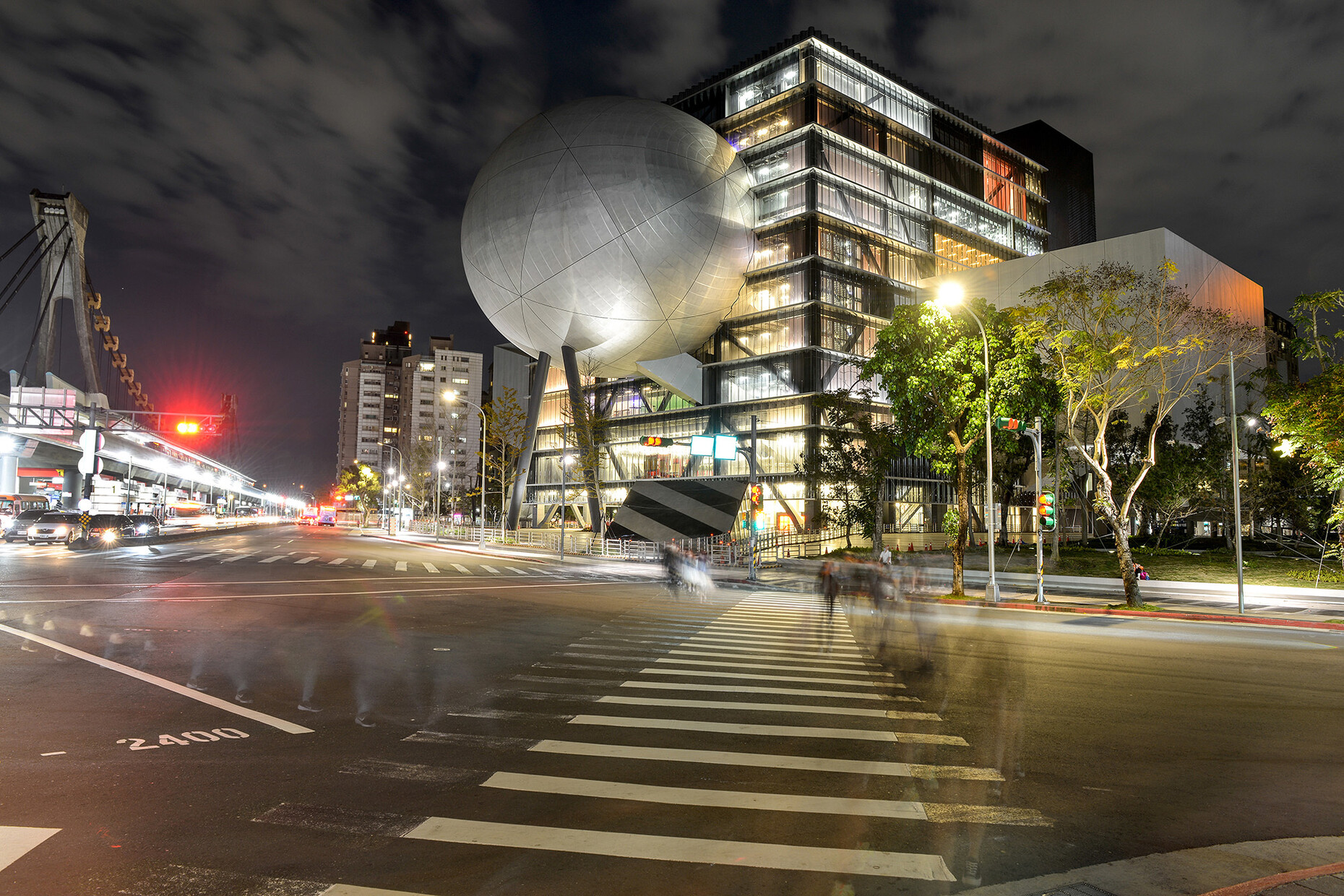The City as a Stage
Good things come to those who wait: It took a total of thirteen years for OMA's Taipei Performing Arts Center to open. The theatre building goes back to a competition in 2009, in which the Dutch firm won against Zaha Hadid Architects and MVRDV, among others. Under the direction of Rem Koolhaas and David Gianotten, OMA designed an open theatre that provides space for experimentation. At the same time, the Taipei Performing Arts Center is intended to merge with the city in order to serve as a public space for social interaction. The topping-out ceremony was held in 2014, but in the end delays and budget overruns meant that the building was not completed until 2022.
The Taipei Performing Arts Center is next to the Shilin Night Market, a maze of shops and stalls with a bustling street scene. OMA responded to the site by designing a collage-like building. This is composed of the 800-seat Globe Playhouse and Blue Box theatres and the 1500-seat Grand Theatre, all three docked to a central cube and held in the air by a number of columns of various shapes. A landscaped urban plaza flows beneath the raised theatre, serving as an additional public space. Despite the eye-catching spherical shape of the Globe Playhouse, the Taipei Performing Arts Center does not have an actual front, but opens up to the city in several directions.
The theatre's labyrinthine circulation is part of its design – a well-known approach also used with other projects the firm has worked on, such as the Dutch Embassy in Berlin and the Casa da Música in Porto. In this latter project the architects designed the concert hall as a kind of shoebox and placed it within an expressive body, while the intricate circulation system and ancillary spaces run all around it. At the Performing Arts Center, a "Public Loop" now runs into and around the building, bringing the outside life on the street inside the building. The loop makes it possible to visit the theatre without a ticket, in the form of a tour that provides insights both in front of and behind the scenes. A juxtaposition of ramps, stairs and expressively lit escalators guides visitors through the building as a kind of extended urban space, with visitors circulating between the inner and outer shells in the spherical Globe Playhouse.
The three theatres are all plugged into a central cube that ties the various main stages, back stages, side rooms and public areas together. In contrast to the closed structures of the individual theatres, the cube looks like an open box clad in a corrugated glass, which OMA also used for the façade of the Casa da Música. The asymmetrically designed Grand Theatre is opposite the Blue Box, which is intended for more experimental performances. The Globe Playhouse to one side docks with the other two theatres, creating a circular proscenium at the intersection of the inner shell and the central cube. All three theatres can be linked and combined in different ways, allowing for additional spatial scenarios and new forms of production.
In accordance with its experimental usage concept and spatial link with the surrounding urban space, the Taipei Performing Arts Center presents itself as a collage of metal, glass and concrete that looks more like a "theatre factory" rather than a standard, representative theatre building. The interior design, which also has an industrial feel analogous to the building's exterior, was conceived by the Parisian office Ducks Scéno in collaboration with OMA. Despite its inherent informality, the building is also a spectacular piece of architecture. This is particularly evident with regard to the spherical Globe Playhouse, which protrudes into the urban space as a geometric irritation. Especially at night, when the three different theatres appear to merge with the glowing glass cube, the Taipei Performing Arts Center becomes an impressive landmark that merges with the urban life surrounding it, becoming an actor in its own play.
